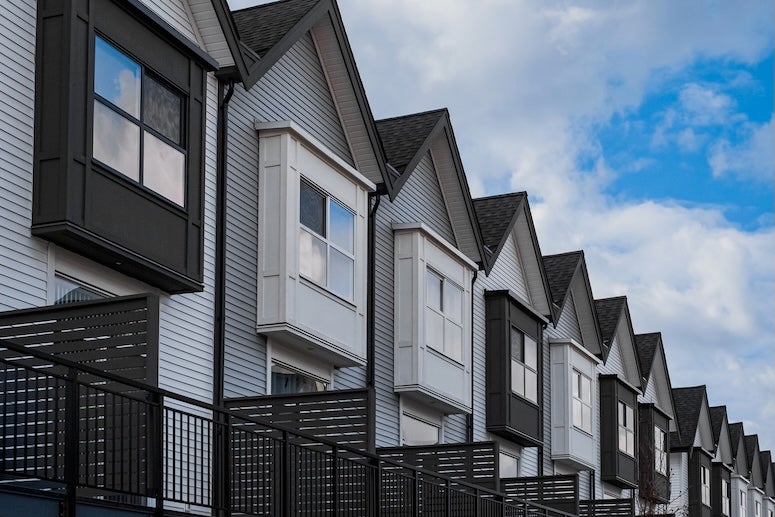
Housing instability is often seen as a single event — an eviction notice, a missed rent payment or a temporary stay with friends after losing a lease. But in reality, housing instability is far more complex, with impacts that are deeply personal, profoundly unequal and often long-lasting.
As housing costs surge and eviction rates climb across the country, a new Rice University study offers a clearer view of what instability really looks like and why it should be treated as a driver of inequality, not just a symptom.
The research, led by Brielle Bryan, Rice assistant professor of sociology, and co-authored with Hope Harvey of the University of Kentucky, was recently published in Socius. It brings new clarity to the conversation by distinguishing between four specific forms of housing instability: frequent moves, lacking a permanent residence, living in temporary quarters like shelters or motels, and falling seriously behind on rent or mortgage.
Using two decades of national data, the study explores how each of these experiences affects adult well-being, including health, employment and family structure.

“Hope and I had both been seeing the relationship between housing instability and other disadvantages in our own work, but we hadn’t seen a solid study that could really say whether instability itself was the cause of these other challenges,” Bryan said. “We wanted to be able to answer that question and give people something concrete to point to.”
The short answer? Yes, some forms of housing instability do cause harm.
The study found that people who lived in temporary housing — like shelters or motels — were more than twice as likely to be separated from their children the following year. Those who moved multiple times in a year were more likely to lose income, miss work and experience family disruption. And falling more than two months behind on rent or mortgage payments predicted poorer health and weaker ties to the job market.
But what may be most surprising is that these experiences often don’t overlap.
“We assumed people who moved a lot would also be the ones living in temporary housing or without a permanent residence,” Bryan said. “But the overlap was actually pretty low. That told us these aren’t just stages of the same problem — they’re different problems affecting different people.”
That nuance has big implications, especially for policymakers and nonprofits working on housing affordability, eviction prevention or poverty reduction.
“We need to be specific about what we’re trying to address,” Bryan said. “Are we helping people stay in homes they already have? Or helping them stop bouncing between friends’ and family members’ places? Affordable housing is essential, but it may not solve all the types of instability people are experiencing.”
The study also found that housing instability plays out differently across race, gender and socioeconomic class — not just in who experiences it but in how damaging it is. For example, late housing payments predicted sharper employment drops for Black adults, while temporary housing was more strongly associated with poor health for Hispanic adults. Men generally experienced more negative employment effects than women.
“It’s all complicated,” Bryan said. “One-size-fits-all interventions are unlikely to be equally helpful across the board. If we care about equity, we need multipronged approaches that recognize housing instability comes in many shapes and affects people differently.”
The broader understanding that housing hardship is not only a symptom of poverty but a driver of it is central to Bryan’s message.
“Our No. 1 goal was to answer: Is housing instability just another sign of disadvantage, or does it actually create more challenges?” she said. “Now we can say yes — it does. Some forms of instability really do lead to worse outcomes, and that means housing support isn’t just about housing. It’s about improving people’s chances in work, in family and in life.”
The study adds to a growing body of research on how the housing crisis intersects with health, opportunity and social mobility. But Bryan said she hopes it serves as more than just a data point — she wants it to help drive change.
“If we’re serious about addressing inequality, housing has to be part of the conversation,” she said, “because when home isn’t stable, nothing else really is.”

